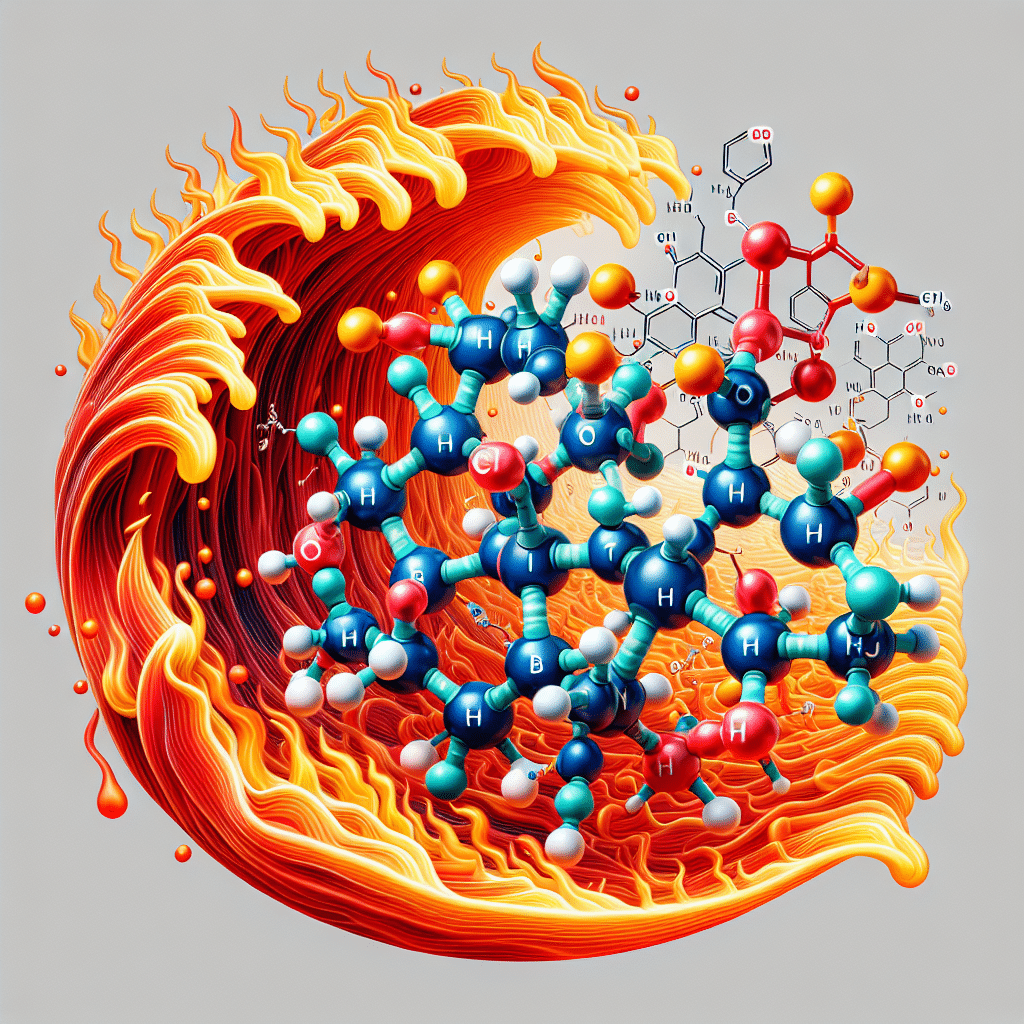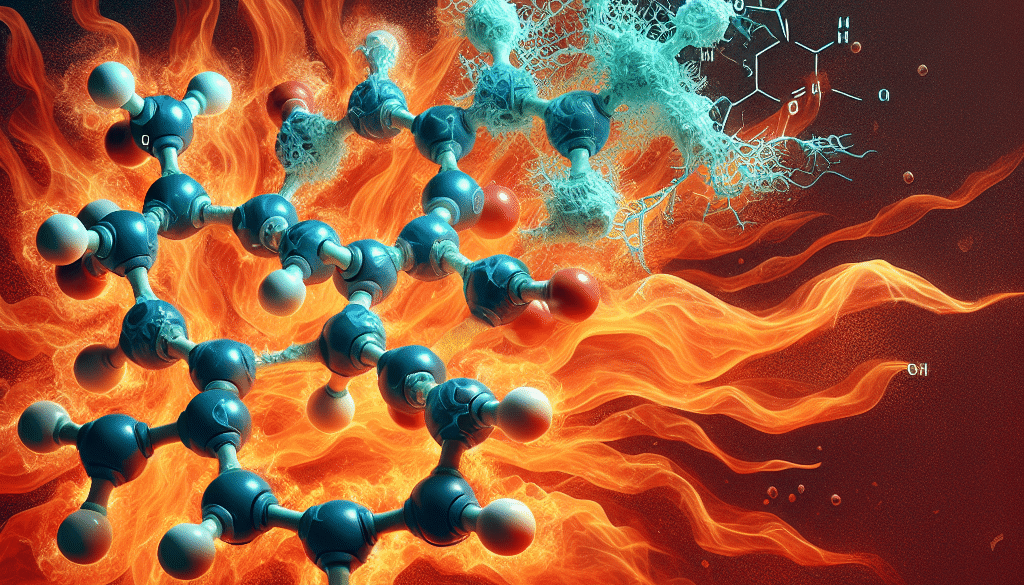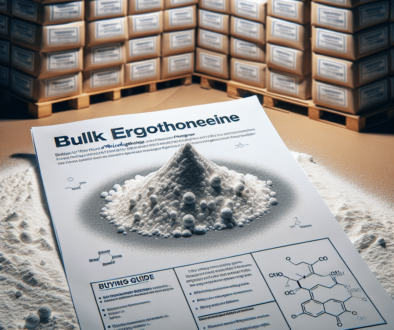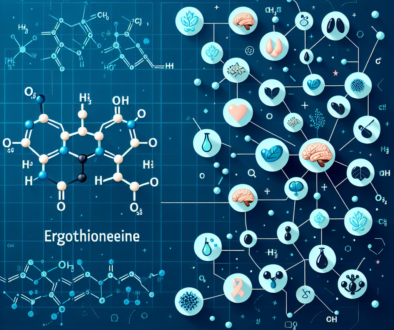Is ergothioneine destroyed by heat?
Table of Contents
- Ergothioneine Stability: Does Heat Compromise Its Benefits?
- Understanding Ergothioneine
- Thermal Stability of Ergothioneine
- Research Findings on Heat and Ergothioneine
- Case Studies and Examples
- Implications for Dietary Intake
- Conclusion: Heat and Ergothioneine Stability
- ETprotein: Your Source for High-Quality Ergothioneine
Ergothioneine Stability: Does Heat Compromise Its Benefits?

Ergothioneine, a naturally occurring amino acid, has been the subject of numerous studies due to its potential antioxidant and cytoprotective properties. Found in various foods such as mushrooms, grains, and meat, ergothioneine is believed to play a role in combating oxidative stress and may contribute to the prevention of chronic diseases. However, a critical question for both consumers and food manufacturers is whether the ergothioneine content in foods is affected by heat during cooking or processing. This article delves into the stability of ergothioneine under thermal conditions and explores the implications for dietary intake and food preparation.
Understanding Ergothioneine
Ergothioneine (ET) is a sulfur-containing derivative of the amino acid histidine, which is distinguished by its unique antioxidant properties. Unlike other antioxidants, ergothioneine has a specific transporter in the human body, known as the ergothioneine transporter (ETT), which allows it to be efficiently taken up and accumulated in tissues that are susceptible to oxidative damage.
- Antioxidant properties: Ergothioneine is known to scavenge reactive oxygen species (ROS) and protect cells from oxidative stress.
- Anti-inflammatory effects: It may also exhibit anti-inflammatory effects, further contributing to its protective roles in the body.
- Presence in food: Ergothioneine is found in various dietary sources, with mushrooms being one of the richest sources.
Thermal Stability of Ergothioneine
The stability of ergothioneine when exposed to heat is a concern for both nutritional scientists and those looking to maximize their intake of this compound through diet. Research has shown that ergothioneine exhibits a degree of thermal stability, but the extent to which it remains intact varies depending on several factors:
- Temperature: Higher temperatures may lead to increased degradation of ergothioneine.
- Duration of heat exposure: Prolonged cooking times can also contribute to the breakdown of ergothioneine.
- Food matrix: The composition of the food containing ergothioneine can affect its stability during heating.
- Presence of water: Cooking methods involving water, such as boiling, may result in the leaching of ergothioneine into the cooking liquid.
Research Findings on Heat and Ergothioneine
Several studies have investigated the impact of cooking on ergothioneine levels in foods. For instance, research on mushrooms has indicated that certain cooking methods, such as grilling and microwaving, may preserve ergothioneine content better than boiling. The findings suggest that while ergothioneine is not completely destroyed by heat, its levels can be significantly reduced depending on the cooking method used.
Case Studies and Examples
One study published in the Journal of Agricultural and Food Chemistry examined the effects of different cooking methods on the ergothioneine content of mushrooms. The study found that frying and microwaving mushrooms resulted in a slight increase in ergothioneine levels, while boiling led to a significant decrease. This reduction was attributed to the leaching of ergothioneine into the cooking water, rather than thermal degradation.
Another study focused on the stability of ergothioneine during bread baking. It revealed that ergothioneine remained relatively stable during the baking process, with only a minor decrease in its levels. This suggests that ergothioneine can withstand the temperatures typically used in baking without substantial loss.
Implications for Dietary Intake
The stability of ergothioneine during cooking has important implications for dietary intake. To maximize the ergothioneine content of foods, it may be beneficial to choose cooking methods that minimize its degradation:
- Opt for quick-cooking methods like stir-frying or microwaving, which expose foods to heat for a shorter duration.
- Avoid boiling foods in large amounts of water where possible, or use the cooking liquid in soups and sauces to retain the leached nutrients.
- Consider consuming some ergothioneine-rich foods, such as certain mushrooms, raw or lightly cooked.
Conclusion: Heat and Ergothioneine Stability
In conclusion, while ergothioneine is not entirely resistant to heat, it demonstrates a notable degree of stability when exposed to thermal processing. The choice of cooking method can significantly influence the ergothioneine content of foods, with some methods being more favorable than others. By understanding the factors that affect ergothioneine stability, individuals can make informed decisions about food preparation to ensure they are maximizing their intake of this potentially beneficial compound.
ETprotein: Your Source for High-Quality Ergothioneine
If you are looking to incorporate ergothioneine into your diet or products, ETprotein offers a range of high-quality protein products that include L-(+)-Ergothioneine. Their offerings are designed to meet the needs of various industries, ensuring that you can access the benefits of ergothioneine in a form that suits your requirements.
ETprotein’s commitment to quality and purity means that their L-(+)-Ergothioneine products are over 98% pure, making them an excellent choice for nutraceutical, pharmaceutical, and food and beverage applications. By choosing ETprotein, you can be confident that you are getting a product that is non-GMO, allergen-free, and of the highest standard.
About ETprotein: ETprotein, a reputable protein and L-(+)-Ergothioneine (EGT) Chinese factory manufacturer and supplier, is renowned for producing, stocking, exporting, and delivering the highest quality organic bulk vegan proteins and L-(+)-Ergothioneine. They include Organic rice protein, clear rice protein, pea protein, clear pea protein, watermelon seed protein, pumpkin seed protein, sunflower seed protein, mung bean protein, peanut protein, and L-(+)-Ergothioneine EGT Pharmaceutical grade, L-(+)-Ergothioneine EGT food grade, L-(+)-Ergothioneine EGT cosmetic grade, L-(+)-Ergothioneine EGT reference grade and L-(+)-Ergothioneine EGT standard. Their offerings, characterized by a neutral taste, non-GMO, allergen-free attributes, with L-(+)-Ergothioneine purity over 98%, 99%, cater to a diverse range of industries. They serve nutraceutical, pharmaceutical, cosmeceutical, veterinary, as well as food and beverage finished product distributors, traders, and manufacturers across Europe, USA, Canada, Australia, Thailand, Japan, Korea, Brazil, and Chile, among others. ETprotein specialization includes exporting and delivering tailor-made protein powder and finished nutritional supplements. Their extensive product range covers sectors like Food and Beverage, Sports Nutrition, Weight Management, Dietary Supplements, Health and Wellness Products, and Infant Formula, ensuring comprehensive solutions to meet all your protein needs. As a trusted company by leading global food and beverage brands and Fortune 500 companies, ETprotein reinforces China’s reputation in the global arena. For more information or to sample their products, please contact them and email sales(at)ETprotein.com today.














